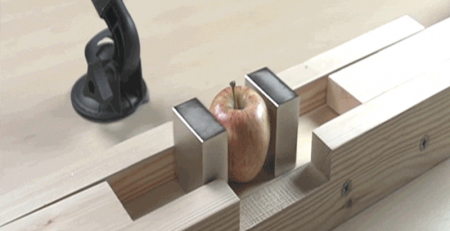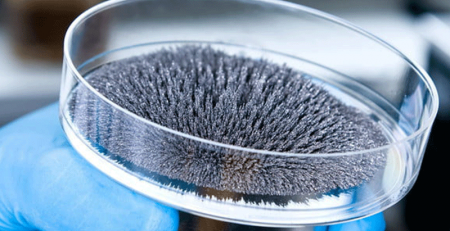Process to create a magnet
Magnets are quite popular now, but not everyone knows how to create them. Different hard magnetic materials require completely different processes. You can refer to the steps to create a magnet through the article below.
– AlNiCo is not only a special alloy but also highly resistant to magnetism. In order to make this material you can mix aluminum, nickel, cobalt together in appropriate proportions. Then proceed to melt this compound and finally the heat treatment step to compound the crystallization. So you have AlNiCo magnets in hand.
– The most powerful magnet is the anisotropic adhesive material. Here are the basic steps to make the NdFeB magnet – the most powerful magnet in the world today. Take the following steps: Mix neodymium, iron and boron in appropriate proportions and add a small amount of cobalt, dysprosium. Melt the mixture on then adjust to create the desired size. NdFeB magnets are very important, contributing to the magnetism of the product. Size is too large or too small to produce a perfect magnet material, standard. Next, pour the molten mixture into the camcorder and proceed to the chilled stage.
Each type of magnet will have different stages of fabrication.
– Sintered neodymium magnets manufactured by special metals. Sintering is the process of heating a mixture of neodymium, iron, and boron in a sintered furnace. The bonded neodymium magnets are made by making the NeFeB alloys thinner. The alloy bands are then pulverized and mixed with a polymer then injected into a mold to make the magnets. Neodymium magnets are not as strong as sinter magnets, but offer an advantage in cost and flexibility of shape. Sintering can be replaced by hot-pressing. It pushes the powder in the magnetic field at high temperature to produce phase and orient the magnet (creating anisotropic magnet).
There are many types of magnets, each of which is made of different alloys that determine their magnetic properties. In addition, the process of making magnets is quite complex and different, making them truly different. Hopefully with these basic information you can figure out how the magnets are born.


